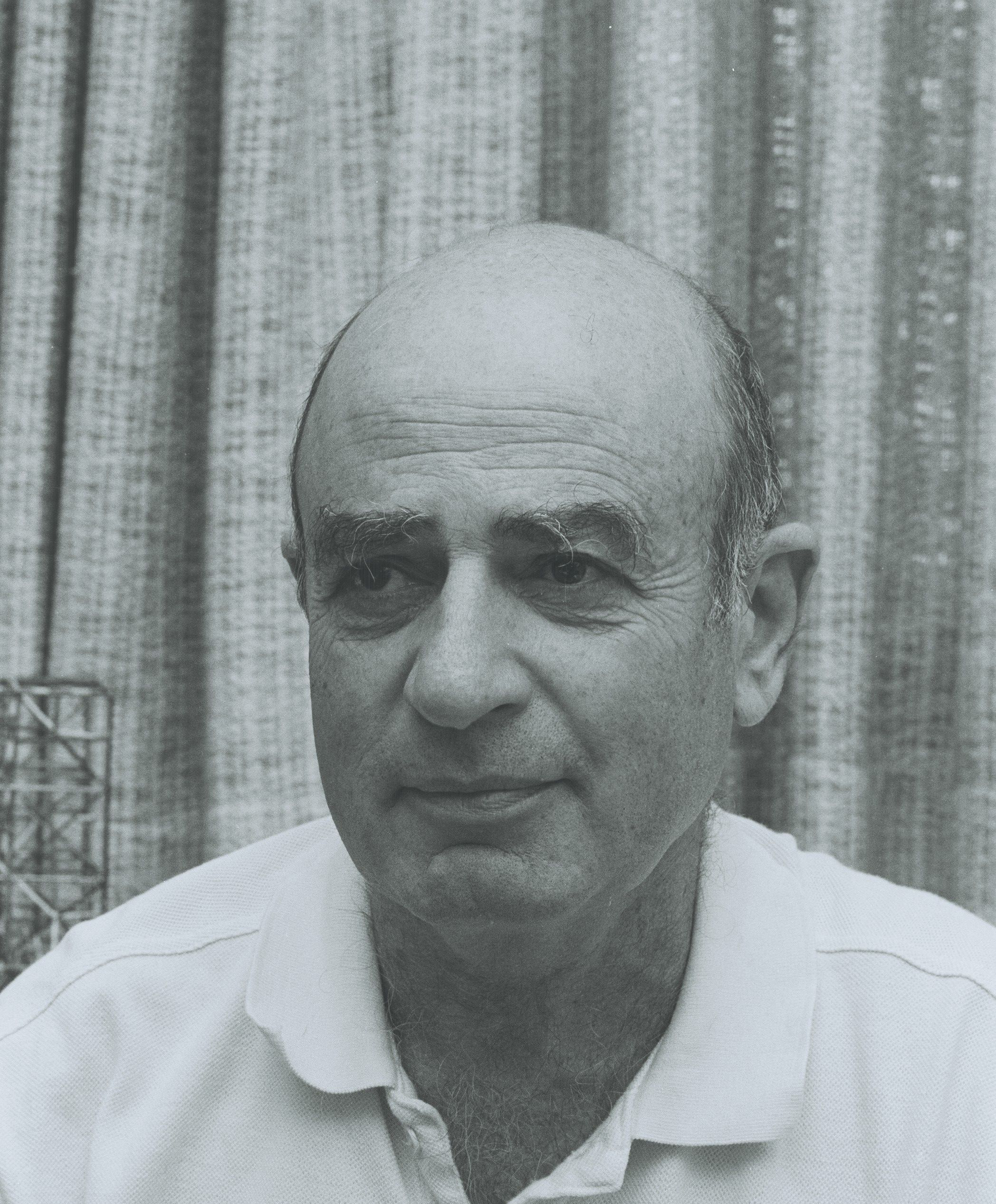
Mula Shtrikman was born on October 21, 1930 in Poland, and immigrated to Israel before World War II. He received the B.Sc. degree in 1954 and the D.Sc. degree in 1958 both in electrical engineering from the Technion. Before completing his formal training, he served in the Israel Air Force and enjoyed a brief merchant marine career as a Wiper on the S.S. Negbah. From the latter experience, he gained many insights into human nature, which became a permanent part of his enormous repertoire of humorous stories. He joined the Department of Electronics at the Weizmann Institute in 1954, where he remained until his retirement in 1995. Mula was married to Rachel (Rochka), had three children, Hadas, Ilan and Yoram, and a granddaughter, Orr.
Mula was a joy to know, with his overt curiosity and childish enthusiasm for people, science, history and languages. He was a true intellectual, which was somehow concealed by his simple manners and his usual attire of open shirt, shorts and sandals. He was an extraordinary mentor to his many students and young colleagues, to whom he could be brutally frank but always supportive, loyal and generous.
His unique intuitive approach to physics, based on deep physical insight, has led to a large number of groundbreaking and innovative contributions in theoretical, experimental and applied physics. In the field of magnetism, to which he has devoted many years of study, he is best known for his seminal paper (with E. H. Frei and D. Treves) on micromagnetics, where he analyzed the magnetic reversal modes, including curling and buckling, in single-domain particles. Based on his profound understanding of symmetry, he made important contributions to weak ferromagnetism and magnetoelectricity, which have significantly influenced the development of these fields. In particular, he predicted that the magnetoelectric effect should be observable in powders after annealing in magnetic and electric fields, contrary to common belief. This property, which he has verified experimentally, has led to many new magnetoelectric materials. Further, he predicted a new optical effect, gyroscopic birefringence, which was confirmed 20 years later, and has become a method to observe antiferromagnetic domains. His discovery (together with R. M. Hornreich and M. Luban), of a novel multicritical point, which he named the Lifshitz point, has made a great impact. It stimulated a large body of scientific activity, both theoretical and experimental in a wide variety of condensed matter systems such as liquid crystals, ferromagnets, antiferromagnets, superconductors and ferroelectrics.
In other areas, he developed (together with Z. Hashin), a new variational theorem that yielded the best possible upper and lower bounds of the effective elastic constants of heterogeneous media. This work made a tremendous impact on the technologically important field of composite materials. In the field of liquid crystals, Mula made a number of outstanding and widely quoted contributions. In particular, he developed (with R. M. Hornreich) a theory of the puzzling “blue phases” that explains their occurrence and peculiar nature.
In parallel with his scientific work, Mula was continually involved in the design and development of an array of electric novel devices, such as microstrip antennas, miniature cryogenerators, eardrum vibration detectors, infrared detectors, laser drills, trace gas detectors, linear motors, torque couplers and even hair clipper! One of his most widely used inventions involves optical laser techniques for gem fingerprinting.
In recognition of his scientific and technical contributions, Mula received many awards, including the Israel Prize in Physics (2003), The Weizmann Prize for Science (1968), the Michael Landau Prize (1975), the Ben Gurion University Applied Electronics Prize (1988) and many others. In 1994, he was elected to the Israel Academy of Science and Humanities. Mula was among the very few people who received twice the Israel Defense Prize (1979, 1987) for significant contributions to the defense of the State of Israel.
Mula was an Israeli patriot, dedicated to peace in the region. Monetary rewards for his work were routinely given away to support those injured in violence plaguing the country. He donated his body to science.
